Demei's View - Wine Communication from a Chinese Winemaker
If I was to name one aspect of wine that is most likely to arouse discussions among wine lovers, it must be the quality. Although quality itself is a difficult topic to elaborate on, there is no stopping wine lovers from giving opinions about the factors that may affect the quality of wine. When we finish tasting a wine, we also comment on the work of the winemaker, giving remarks about what he/she could have done to make the wine taste even better. The attempt to unveil the secret behind the quality of a wine is now an important part of wine lovers’ conversation.
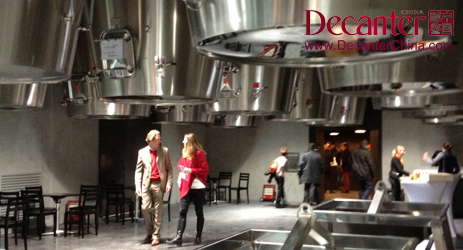
So what exactly are the crucial factors that may affect the quality of a wine? Maybe you will be interested to join the discussion with me -
Region of Production
The producing region of a wine certainly has something to do with the quality of a wine. So what does this ‘region of production’ mean? — It indicates a specific geographic position, which in turn defines the soil condition. Factors such as soil type, fertility, orientation of the plot, etc. are all worth some attention. Through specific geographic position we can also acquire/understand the climatic conditions there. Here are some climate-related factors that should not be dismissed: growth duration, accumulated temperature during growing season, photoperiod, the amount and seasonal variation of rainfall, aridity and likeliness of natural disaster.
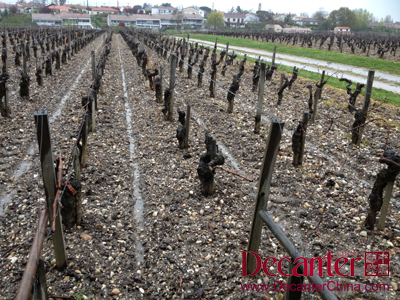 Image: Bordeaux vineyard
Image: Bordeaux vineyard
From a macrocosmic point of view, the climate condition in a certain region falls into a comparatively similar pattern every year—Montpellier (Languedoc-Roussillon, France) has a Mediterranean climate, Alsace is continental, whereas Ningxia, China has a continental monsoon climate… However, from a microcosmic point of view, climate (hopefully I haven’t mixed the concept of climate with weather) appears not to be entirely constant. The photoperiod, temperature, rainfall, and severe climate vary each year, which leads to another important key factor worth paying attention to -
Vintage
‘Vintage’ is easy to write but difficult to define. We may understand it as ‘a natural year, in which grapes are picked as material to produce wines,’ but this definition is not necessarily true to those vines picked after new year (such as Jurançon), let alone late-harvest ice wines produced in some regions. In fact, the influence of a ‘vintage’ lies in the climate variation each year during the growing season, and for vineyards on the southern hemisphere, this 4-digit number on each bottle is even less descriptive. Producing region and vintage are external influences to the performance of grapes, while internal factors — the gene, or the variety/clone of grapes — also contribute to the variation of wine quality.
Variety
Wine grapes concentrate in their fruits the characteristics of the region and influences from the vintage. The fruit is then turned into wine by winemakers for wine lovers to enjoy, and to feel this process of accumulation. Grape varieties are always connected to regions, as they are usually results of natural selection — even for those ‘man-made’ varieties, as they have to be born from a specific region first. For example, Pinotage was born in Stellenbosch, South Africa, and Marselan is from Marseillan, a small town at the west of Montpellier. However, for one region there must be a limit to the number of best-fit varieties. If a region can be used to plant any varieties, it also means no variety is planted well here.
A sensible person certainly wouldn’t ask the winemakers in Bordeaux ‘why don’t you plant some Syrah’? Although Chateau Palmer would pleasantly surprise us from time to time by occasionally producing some ‘Historical XIXth Century Wine’, the Syrah used in the blend is not really planted in Bordeaux (maybe this is still a secret).
Winemaking technique
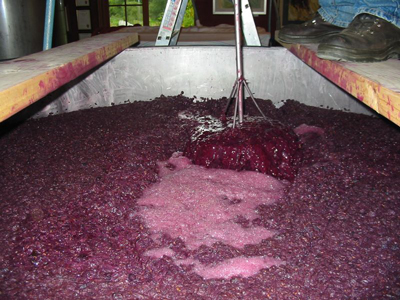 Image: Red wine cap by Wollombiand adapt under Creative Commons Attribution 2.0 Generic license
Image: Red wine cap by Wollombiand adapt under Creative Commons Attribution 2.0 Generic license
Compared to the natural factors mentioned above, winemaking techniques are apparently a more intriguing topic for wine lovers, as these are the factors people can participate in and take control of. What kind of equipment to choose, to remove the stem or not, whether to adopt whole berry fermentation or crushed berry fermentation, use natural yeast or commercial yeast, how to handle the cap of grape skins during maceration, whether to stir the lees or not, the degree of toasting for oak barrels and where the barrels are from? It won’t be surprising if these technical terms are mentioned in a conversation between winemakers—but in many cases it’s wine lovers who are educated enough to talk about them.
……
Well then, what exactly are the key factors that may influence the quality of wine?
As a reader, you may already be bored of the long list. Actually I am too — if I keep on compiling the list, this column will end up being a textbook of wine technology. Even so, I will still be reminded by some friendly voices, saying I have overlooked certain factors…
As a matter of fact, there are far more factors than the above that can affect the quality of a wine. When we are passionately discussing the effect of a certain factor, we should also be aware that the influences caused by these factors don’t simply add up, and it’s not possible to reinforce one factor to make up for the lack of another. Only talking about the effect of a single factor is like a blind man trying to understand the whole of an elephant by touching only a small part of it — which only leads to conclusions based on a one-sided viewpoint.
Possibly we may never be able to name all the factors that may have something to do with wine quality, because the winemaking technology is constantly improving. Which is the most important factor? We will never know until the winemaker bottles the wine, and any discussions before that are mere predictions. When the wine is bottled, the winemaker will face the pressure from all kinds of drinkers — some of them prefer the premature flavour brought on by oxidation, some favour fruit and freshness, some love the palate brought by 200% new oak barrels (using two different new oak barrels during aging process), and some prefer powerful big wines; some drinkers want to open the bottle and enjoy right away, while some would prefer to keep the wine in the cellar for decades and only uncork it for a special occasion…
It may be hard to please everyone, but trust me — when the winemaker bottles the wine, he/she has already optimised all the factors within his/her control — just like a mother who does everything she can before bringing her child into the world.
Translated by Sylvia Wu / 吴嘉溦
All rights reserved by Future plc. No part of this publication may be reproduced, distributed or transmitted in any form or by any means without the prior written permission of Decanter.
Only Official Media Partners (see About us) of DecanterChina.com may republish part of the content from the site without prior permission under strict Terms & Conditions. Contact china@decanter.com to learn about how to become an Official Media Partner of DecanterChina.com.


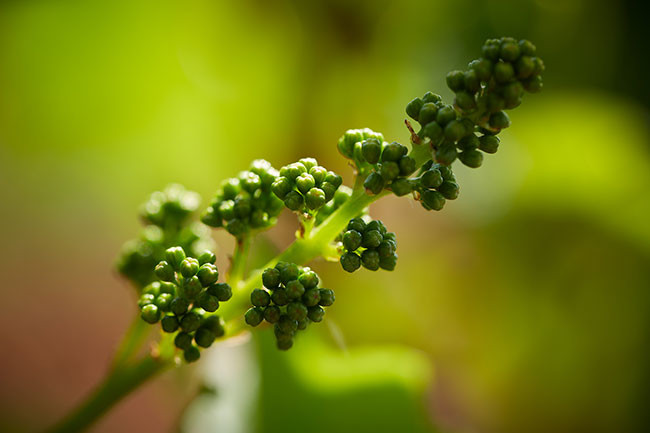
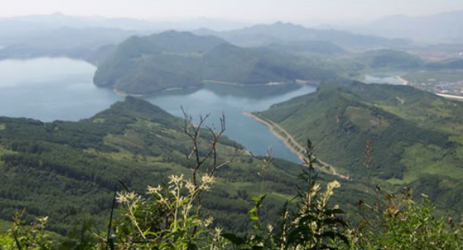
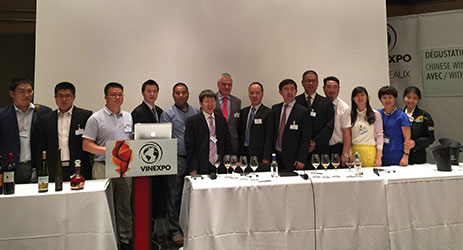
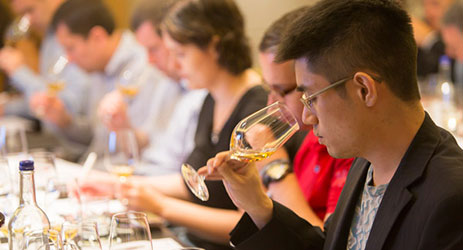
Comments
Submit